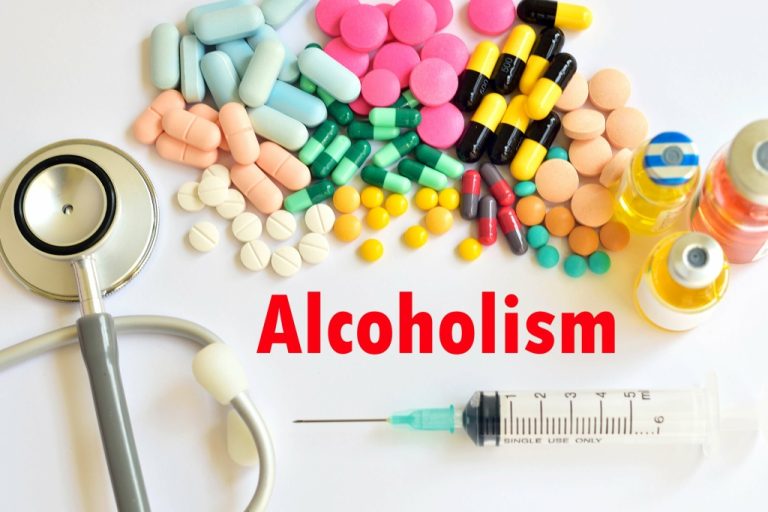Individuals with mental health issues often turn 5 types of alcoholics to alcohol as a form of self-medication, which may worsen their overall health and complicate treatment efforts. The Chronic Severe Subtype of alcoholism is characterized by individuals who experience the most severe alcohol-related problems. These individuals often struggle with chronic, daily alcohol consumption and face significant challenges in their personal, social, and professional lives. They may have a higher likelihood of co-occurring mental health disorders and may require intensive treatment and support to overcome their alcohol addiction. By recognizing the different types of alcoholics, professionals can tailor treatment approaches, interventions, and support systems to address the unique needs of each subtype. However, it’s important to note that these subtypes are not mutually exclusive, and individuals may exhibit characteristics of multiple subtypes.
The Effects of Long-Term Alcohol Abuse on the Body and Mind
Unfortunately, many of them don’t realize the extent of their addiction until they try to quit drinking and experience withdrawal symptoms. These symptoms can range from mild to severe and can include tremors, anxiety, hallucinations, and seizures. As a result, many chronic severe alcoholics require medical detoxification to safely stop drinking. Understanding the different types of alcohol dependence is crucial for effective treatment and recovery strategies. Genetic predispositions play a significant role in alcohol dependency.
The 5 Types Of Alcoholics
Recognizing these differences allows healthcare providers to develop tailored treatment plans, targeting the specific needs of each subtype. The familial subtype frequently shows a high prevalence of family history of alcoholism, with onset of drinking in adolescence and development of dependence in the early thirties. Traits include impulsiveness and vulnerability to mental health disorders such as depression and bipolar disorder. Alcohol use disorder (AUD) is a complex, heterogeneous condition that manifests in various forms, behaviors, and severity levels.
Treatment Intensity Matters

It’s more common for individuals struggling with alcoholism to identify with one or two types rather than all five. It’s important to note that there is no one-size-fits-all approach to treating alcoholism. Each individual’s journey towards recovery will be unique, and it may take some trial and error to find the right combination of treatments that work best for them. However, with the right support and resources, it is possible to overcome alcohol addiction and lead a healthy, fulfilling life. If you or someone you know is struggling with alcohol addiction, it’s important to seek help not just for yourself but also for the sake of your loved ones. Overcoming alcoholism is a challenging journey, but with the right support and resources, it is possible to achieve long-term recovery and repair damaged relationships.
In Recovery, Sometimes You Fake It Until You Make It
Avoid judgment or criticism and instead offer your support and encouragement for seeking help. AUD affects people from all walks of life, regardless of their age, gender, race, or socioeconomic status. It can lead to serious health problems such as liver damage, heart disease, and cancer. Additionally, it can cause social problems such as job loss, financial difficulties, and relationship issues. The last personality type is “the caretaker,” which is when a child tries to help their alcoholic parent.
Chronic severe alcoholics also have a higher likelihood of abusing other substances alongside alcohol. Alcohol addiction is a complex disorder that can manifest in various ways. Understanding these subtypes can provide insights into the diverse profiles of alcoholics and help tailor treatment approaches accordingly. This process is conducted under medical supervision to monitor and alleviate withdrawal symptoms, which range from mild anxiety to severe complications like seizures.
Beta Alcoholism
They also have the highest divorce rates, with 25.1% divorced, 8.6% separated and only 28.7% married. Only 9% have a college degree, and they also have the lowest employment rate. Only 43% of chronic severe alcoholics are employed full-time and 7.6% are unemployed or permanently disabled. If you or someone you know suffers from alcohol use disorder, seek treatment as soon as possible. When heavy or binge drinking is the norm in a family, people tend to fall into drinking as normal behavior.
By tailoring treatment approaches to meet the specific needs of individuals within each subtype, we can improve the likelihood of successful outcomes and long-term recovery. It is essential to develop a thorough understanding of alcoholism and its various manifestations in order to provide appropriate support and treatment. This section will explore what alcoholism is and highlight the importance of identifying different types of alcoholics. If you have a family Substance abuse history of alcoholism and are concerned about your own drinking habits, speak with your healthcare provider or seek out resources like Alcoholics Anonymous or counseling services.

Meanwhile, alcohol is more likely to increase aggressive behaviors in people with ASPD than in people without. This may be because alcohol interferes with executive functioning in the brain, which regulates and inhibits aggressive behavior. People with ASPD also show impaired executive functioning, which may make them particularly vulnerable to this effect. There is a large percentage of intermediate familial alcoholics who smoke cigarettes and abuse substances like cocaine and marijuana. Despite the addictive tendencies intermediate familial alcoholics have, most are able to hold down a stable job and are married with families and other healthy relationships.
- Alcohol may be used as a coping mechanism to manage emotional pain or stress.
- Important social, occupational, or recreational activities are given up or reduced because of alcohol use.
- People in this subtype begin drinking at roughly 15 years of age, developing a dependency at about 29.
The choice of treatment setting depends on the severity of the addiction, individual needs, and available resources. Walden University is an accredited institution offering public health graduate programs, including an MS in Health Education and Promotion. Expand your career options and earn your degree in a convenient, flexible format that fits your busy life.








